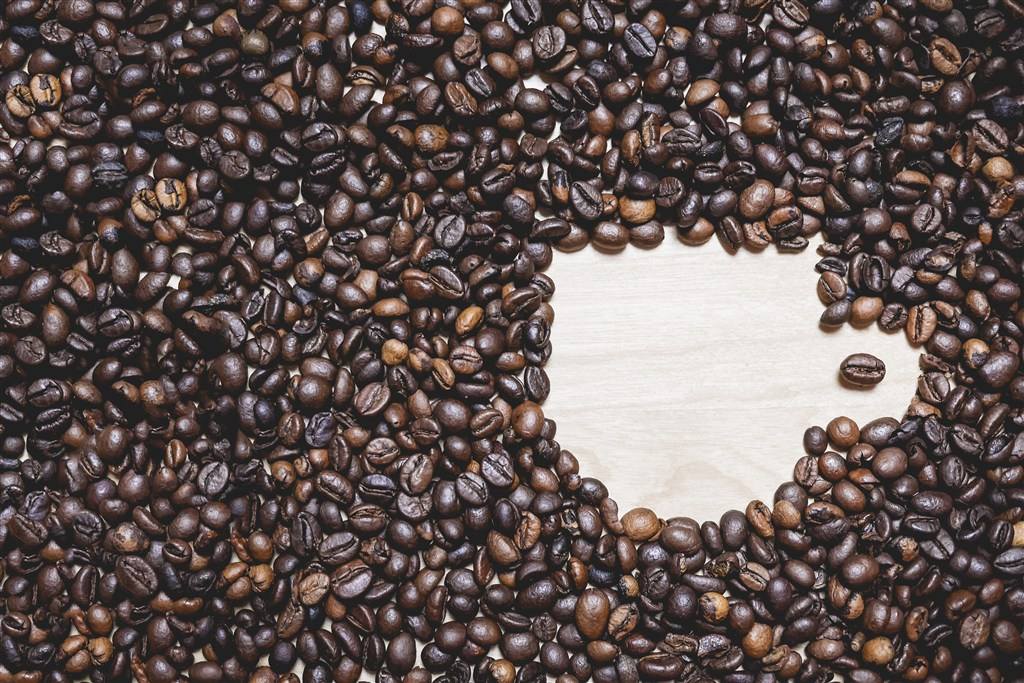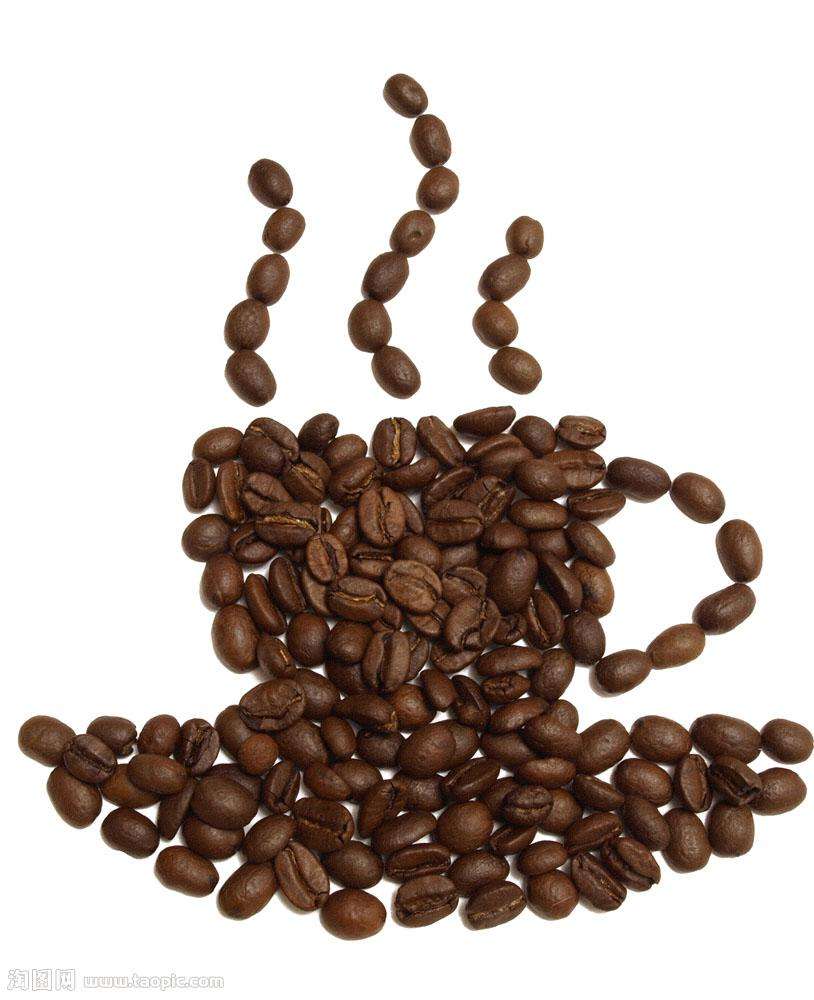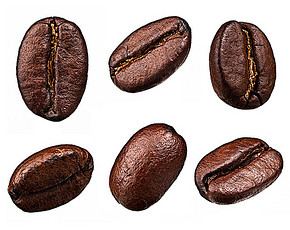Introduction to the planting area of Coffee varieties in Kenya
Pay attention to coffee reviews (Weixin Official Accounts vdailycom ) and find a beautiful cafe to open your own shop
Jinchu Valley was founded in 1970, and they formed the Gakundu Farmers Cooperative together with Kamviu, Gakundu and Gakundu Washing Factory. There are 980 coffee farmers in Jinchu Valley and 3600 small farmers registered in the cooperative. In Embu County, nearly 85 per cent of coffee cultivation comes from smallholder farmers. They pluck the ripe coffee fruit and send it to the washing station for centralized processing. The coffee fruit is peeled at the Embu processing plant, fermented overnight, washed and then dried naturally in the overhead drying shed.
Kenya coffee varieties
Bourbon Bourbon was first brought to Kenya for cultivation. In the 1950s, Scott Laboratory, an agricultural research institution at that time, made unremitting efforts to select two excellent hybrids SL-28 and SL-34, overturning the long-standing bias that artificial breeding varieties were not excellent in natural varieties. SL-28 and SL-34 help Kenya coffee to form its own unique flavor characteristics and establish a perfect reputation in the coffee industry.
According to SL Laboratory botanists, SL28 and SL34 are genetic variants. Among them, SL28 has a mixed lineage of French missionaries, mocha and Yemeni tibica. SL28 was bred to produce high quality, pest resistant coffee beans in large quantities.
Although SL28 did not yield as much as expected, the copper-leaf color and bean-like beans had great sweetness, balance and complexity, with notable citrus and dark plum characters. SL34 and SL28 taste similar, except for complex acid, and a good sweet finish, the taste is heavier, richer and cleaner than SL28. SL34 has French missionary, bourbon, and more Tibica pedigree. The beans are similar in appearance to SL28, but are better able to adapt to sudden heavy rain. It is these two important varieties that lead us to recognize the unique Kenyan style: intense and rich fruit acids, rich taste and beautiful balance.

Coffee growing areas of Kenya
Kenya's coffee-producing areas are mainly concentrated in the plateau areas represented by Mount Kenya. Tropical climate, acidic red volcanic soil for coffee provides a natural suitable growth environment. It is best known for its seven major producing areas, including Nyeri, Sika, Chiambu, Gilinya, Ruiru, Muranga and the west side of Mount Kenya, with major producing areas such as Nyeri and Ruiru in the middle.
Kenya Coffee Processing
Large farms often have separate treatment facilities. A large number of small farmers usually pick ripe coffee berries by hand. Coffee picking is labour-intensive, requiring the whole family to work and even workers to be hired during harvest season. Fresh coffee needs to be transported in time to a cooperative-owned coffee processing plant for pulping, which may be carried by ox cart, pickup truck or truck. After dehulling, Parchment coffee is stored briefly in cooperative processing plants before being sent to privately owned plants for dehulling.
Basic information about Kenya:
Name: Kenya Jinchu Valley AA TOP
Kenya Gichugu Embu AA TOP
Gichugu Division, Kirinyaga East District
Manufacturer: Embu Washing Station
Treatment method: Kenyan double washing treatment
Altitude: 1550-1750 m above sea level
Varieties: SL28, SL34
Harvest time: 2015 new beans
Date of arrival of raw beans: August 2015
Baking degree: medium light baking
Flavor: Cherry, dark plum, honey, blackberry, cane juice, red wine fruit acid
Brewing advice:
Water temperature: 90-94℃
Scale: medium coarse grinding
Recommended extraction powder/water ratio: 1:15-1:18 (concentration adjusted according to taste)
Important Notice :
前街咖啡 FrontStreet Coffee has moved to new addredd:
FrontStreet Coffee Address: 315,Donghua East Road,GuangZhou
Tel:020 38364473
- Prev

Dominican coffee varies according to the region and variety of coffee produced.
Following caf é (Wechat official account vdailycom) found that the Beautiful Caf é opened a small shop of its own in the west of Hispaniola, a collection in the mountains above 1500 meters above sea level, with full-grained coffee neighboring the Dominican Republic (Dominican Republic) and Haiti, both of which own the island of Hispaniola (Hispaniola). The best place to produce is Baraona in the southwest.
- Next

Peruvian coffee exports seek to break through 1 billion US dollars
Following Cafe Review (Wechat official account vdailycom) found that Peruvian Coffee has become one of the best coffee in the world by opening a small shop of its own. Rolmani coffee in Puno province won the award for best quality coffee at the 2017 World Professional Coffee Expo in Seattle, USA. High-quality coffee has opened up the world for Peru
Related
- Detailed explanation of Jadeite planting Land in Panamanian Jadeite Manor introduction to the grading system of Jadeite competitive bidding, Red bid, Green bid and Rose Summer
- Story of Coffee planting in Brenka region of Costa Rica Stonehenge Manor anaerobic heavy honey treatment of flavor mouth
- What's on the barrel of Blue Mountain Coffee beans?
- Can American coffee also pull flowers? How to use hot American style to pull out a good-looking pattern?
- Can you make a cold extract with coffee beans? What is the right proportion for cold-extracted coffee formula?
- Indonesian PWN Gold Mandrine Coffee Origin Features Flavor How to Chong? Mandolin coffee is American.
- A brief introduction to the flavor characteristics of Brazilian yellow bourbon coffee beans
- What is the effect of different water quality on the flavor of cold-extracted coffee? What kind of water is best for brewing coffee?
- Why do you think of Rose Summer whenever you mention Panamanian coffee?
- Introduction to the characteristics of authentic blue mountain coffee bean producing areas? What is the CIB Coffee Authority in Jamaica?

